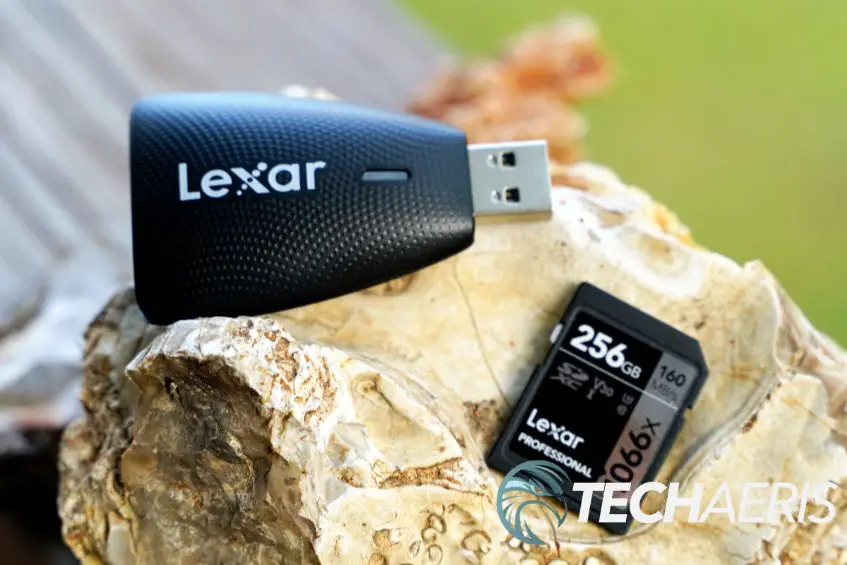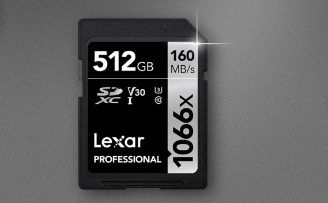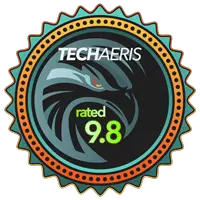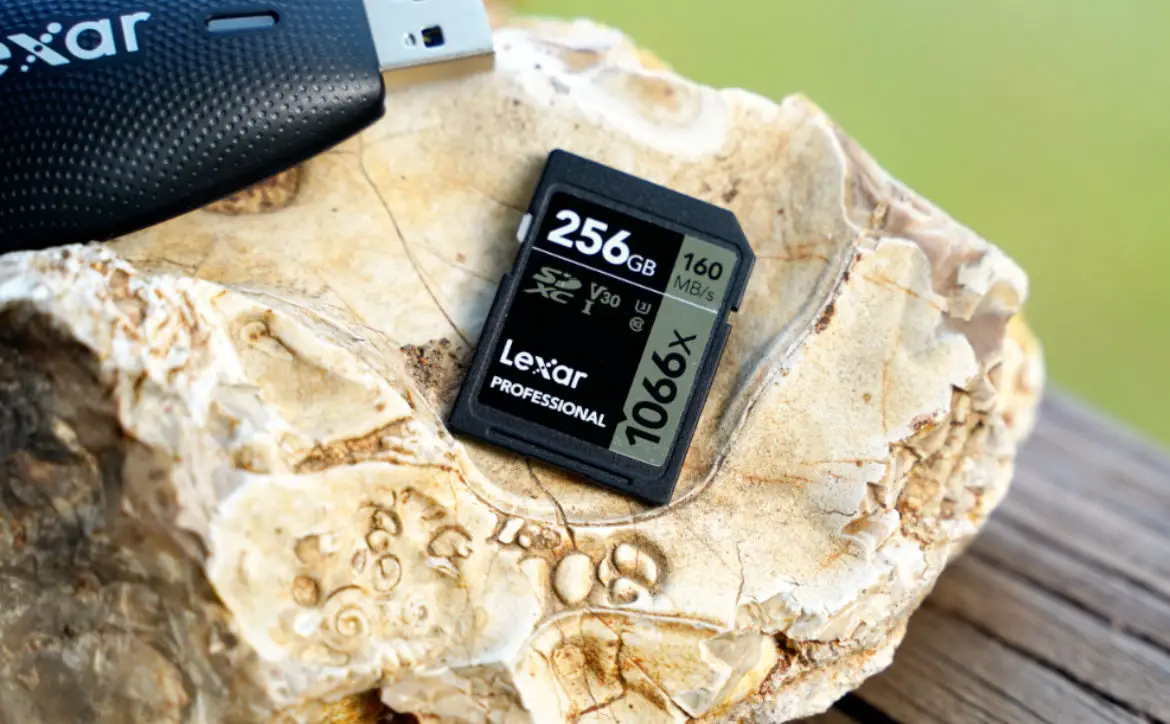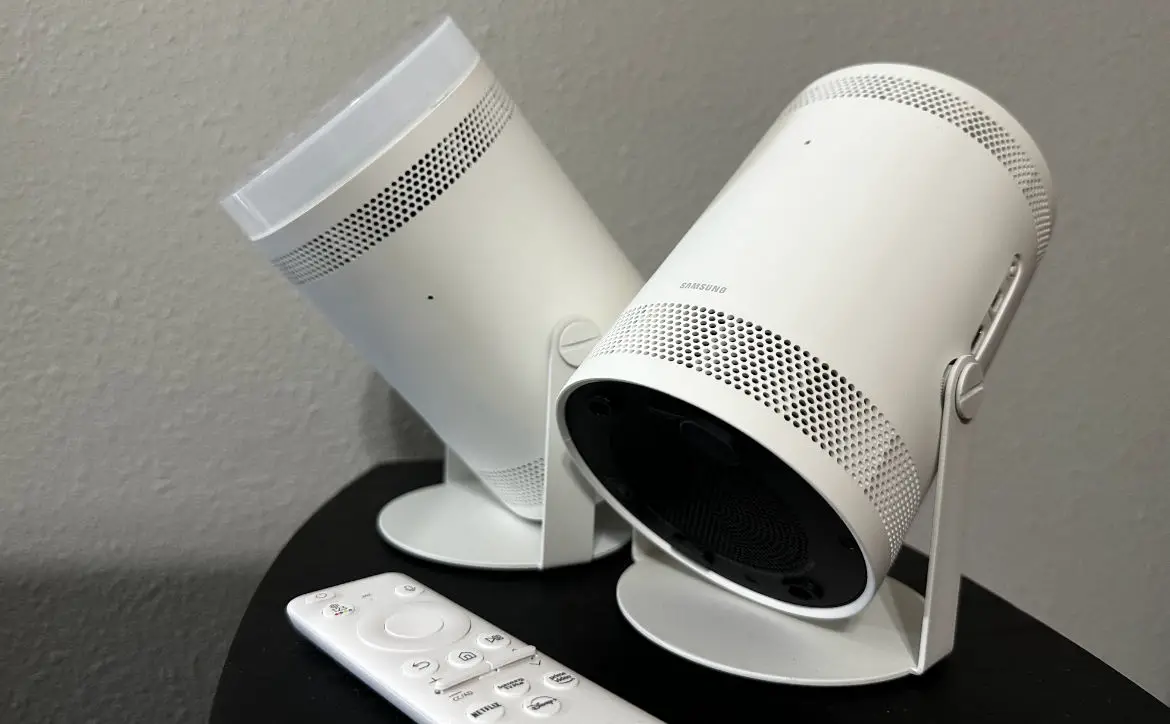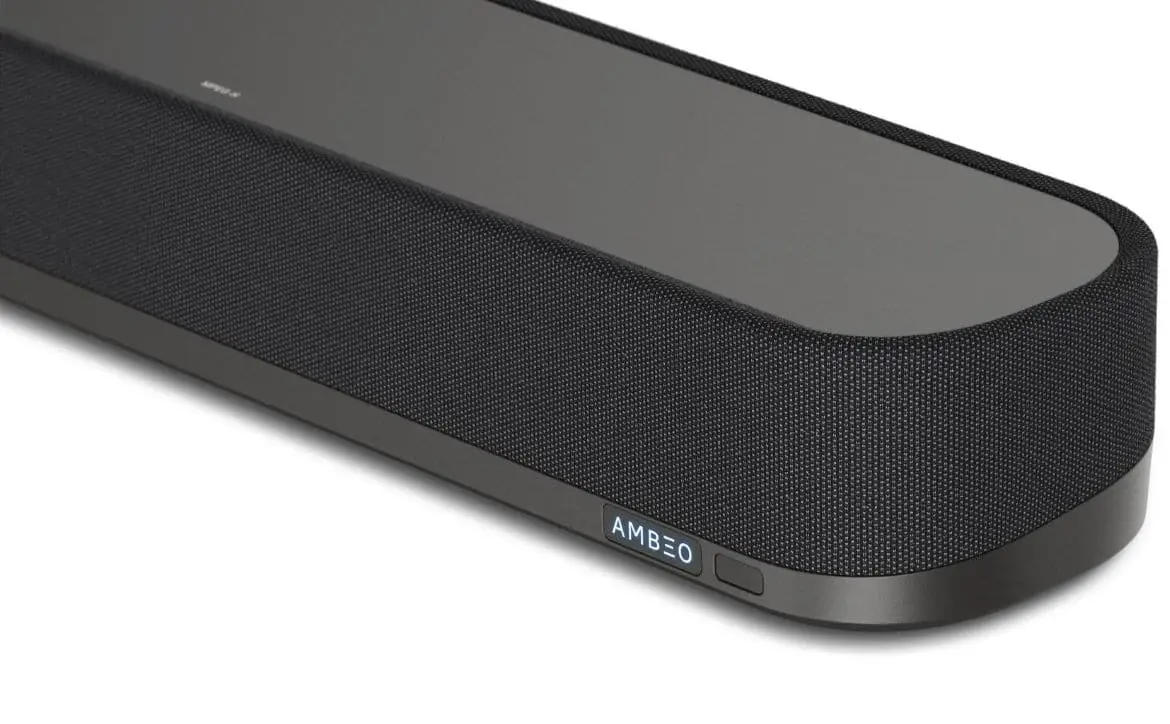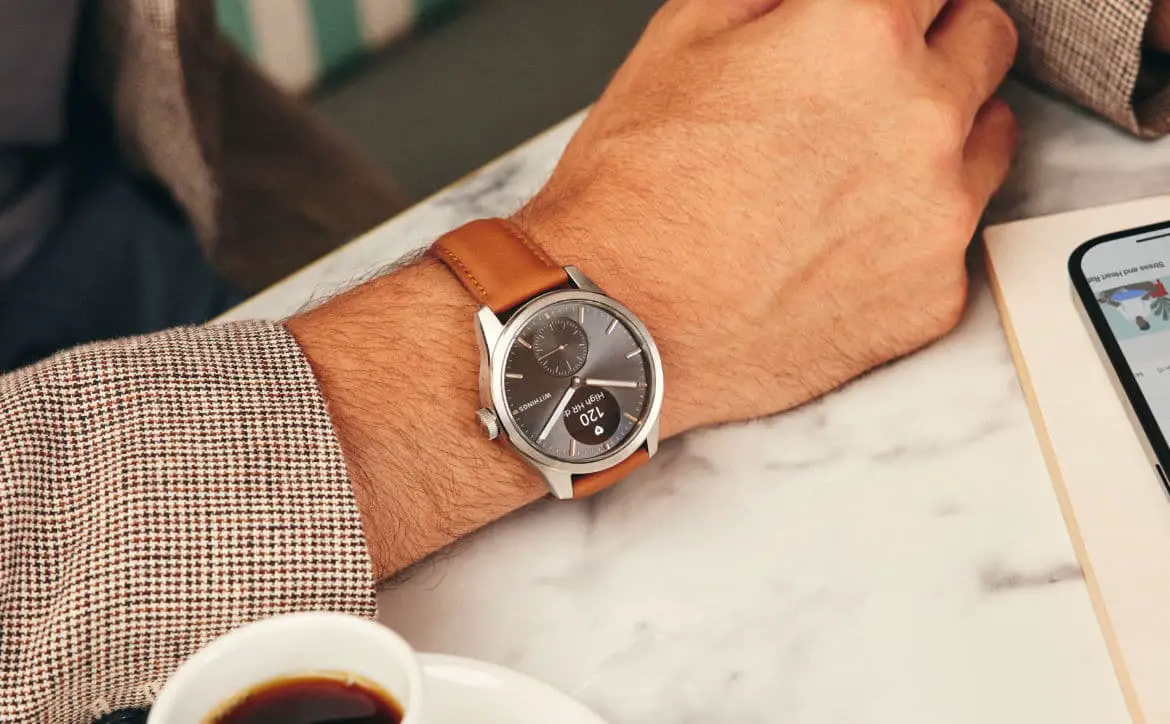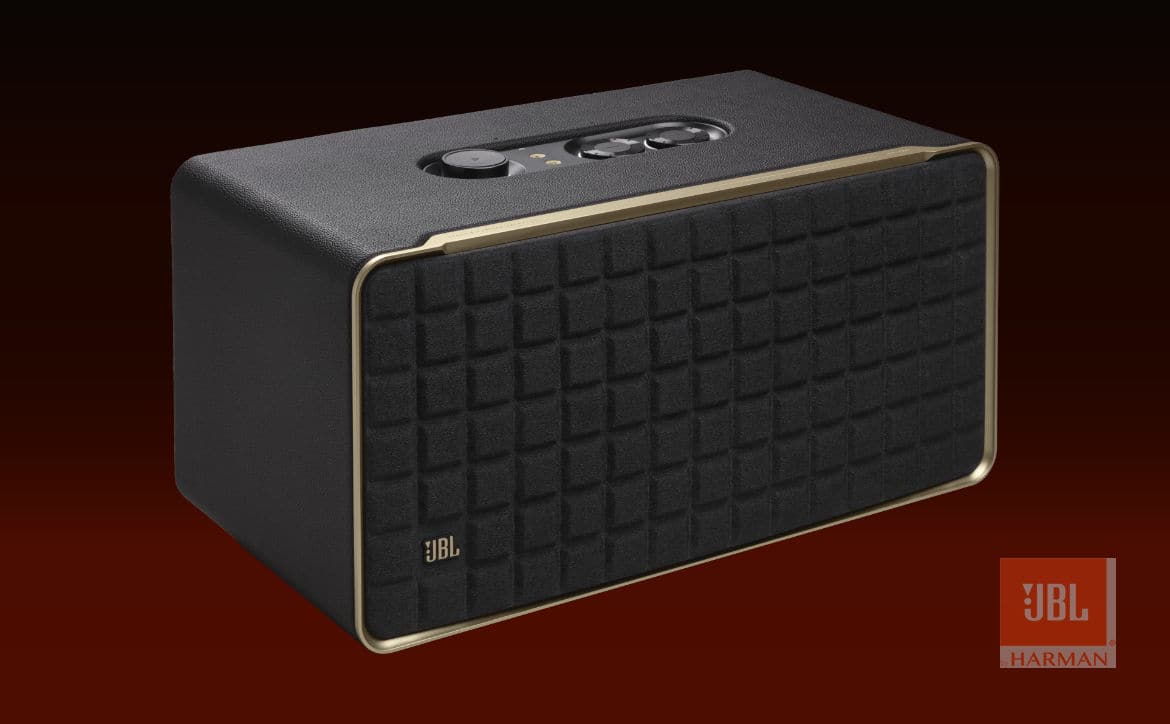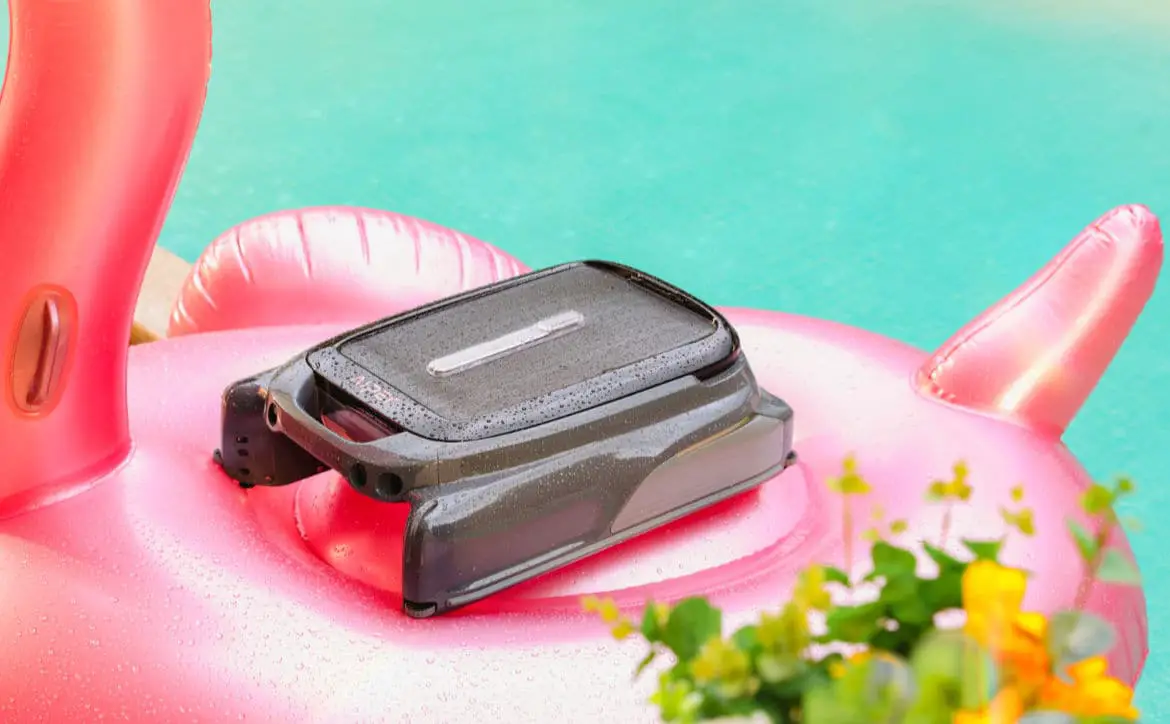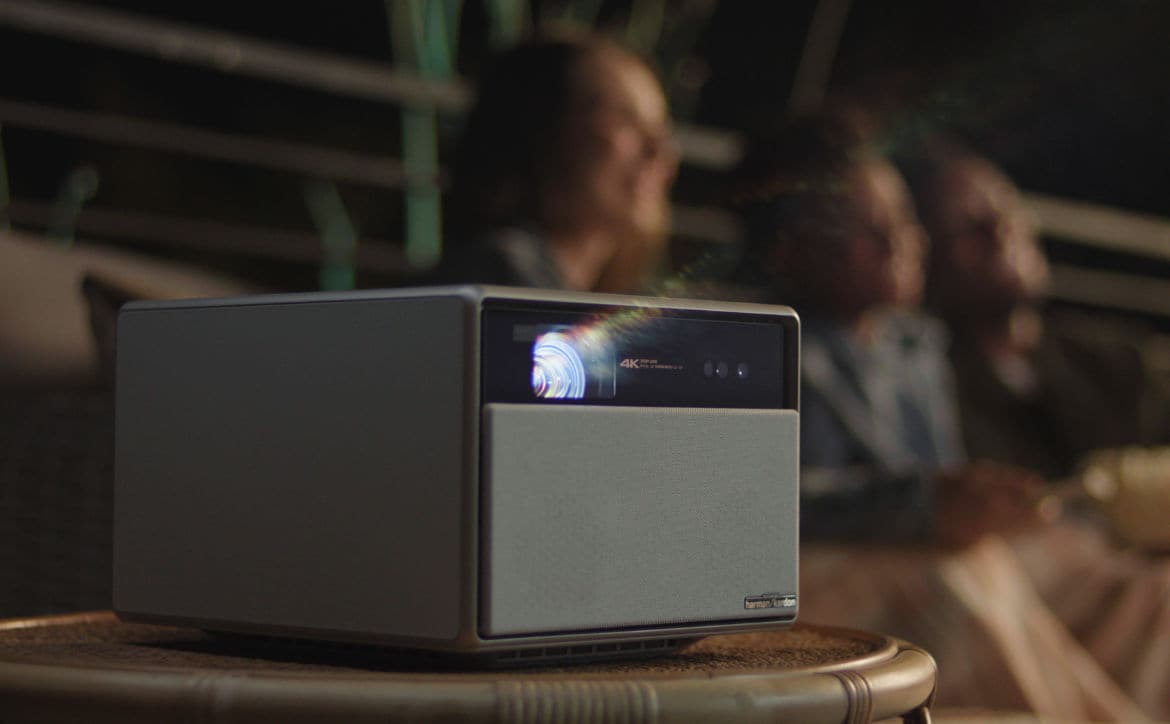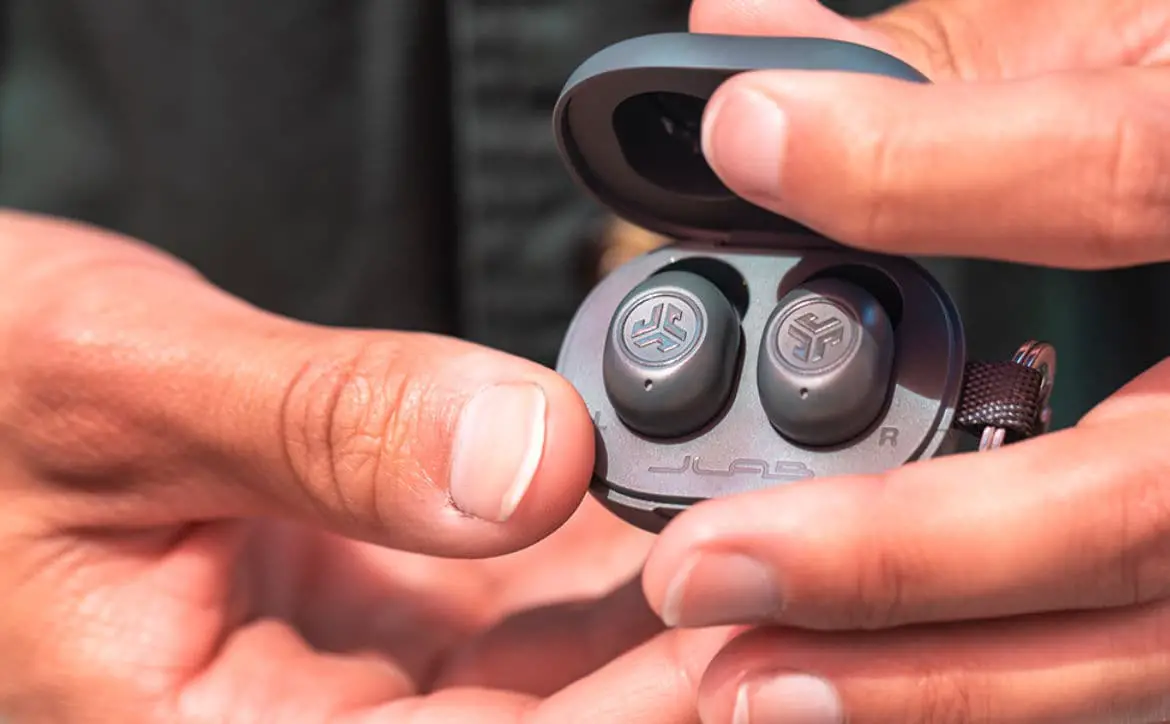
Yes, SD cards are still alive and kicking. These days they’re mostly used in cameras and drones as many other devices have moved to microSD cards. While microSD’s are perfect for fitment into a smartphone, we think they’re a bit too small for cameras, and we’re assuming so do camera manufacturers. The Lexar 1066x SDXC UHS-I Card SILVER Series is the latest from Lexar.
Estimated reading time: 6 minutes
We used the Lexar 1066x SDXC UHS-I Card SILVER Series with our Sony A7iii to capture RAW and JPEG photos along with 4K video. It is important to note that every device processes these SD cards differently. Our A7iii may not be as fast as a Sony A9 or other higher-end camera. Also, our aging 2015 iMac isn’t exactly a spring chicken. So this review is really subjective, and your results may vary.
Read on for the full review of the Lexar 1066x SDXC UHS-I Card SILVER Series.
Table of contents
Specifications
The Lexar 1066x SDXC has the following features and specifications:
- Storage Density:
- 64G – Class 10, U3, V30
- 128GB – Class 10, U3, V30
- 256GB – Class 10, U3, V30
- 512GB – Class 10, U3, V30
- Interface: UHS-I (Compatible with HS interface)
- Speed: Sequential read speeds of up to 160MB/s, sequential write speeds of up to 120MB/s
- Speed class: U3, Class 30
- Performance:
- 64GB – up to 160MB/s read, up to 70MB/s write
- 128GB – up to 160MB/s read, up to 120MB/s write
- 256GB – up to 160MB/s read, up to 120MB/s write
- 512GB – up to 160MB/s read, up to 120MB/s write
- Reliability:
- Vibration Proof: Vibration resistant (10Hz to 2000 Hz, 6Grms, 5 minutes per 1 cycle, 10 cycles per 1 axis total 30 cycles per 3 axis, based on IEC 60512-6-4 guidelines).
- Temperature-Proof: Withstands operating temperature range from -13ºF (-25ºC) or 185ºF (85 ºC) and non-operating temperatures from -40ºF (-40ºC) or 185ºF (85 ºC).
- X-ray Proof: Protected against X-ray exposure based on ISO7816-1 guidelines.
- Shockproof: Shock resistant (200G [1961.33m/sec^2] 3ms, 150G [1471.00m/sec^2] 10ms, From X.Y.Z, 3 directions/3 times each)
- Warranty: Ten-year limited warranty
What’s In The Box
- Lexar 1066x SDXC UHS-I Card SILVER Series
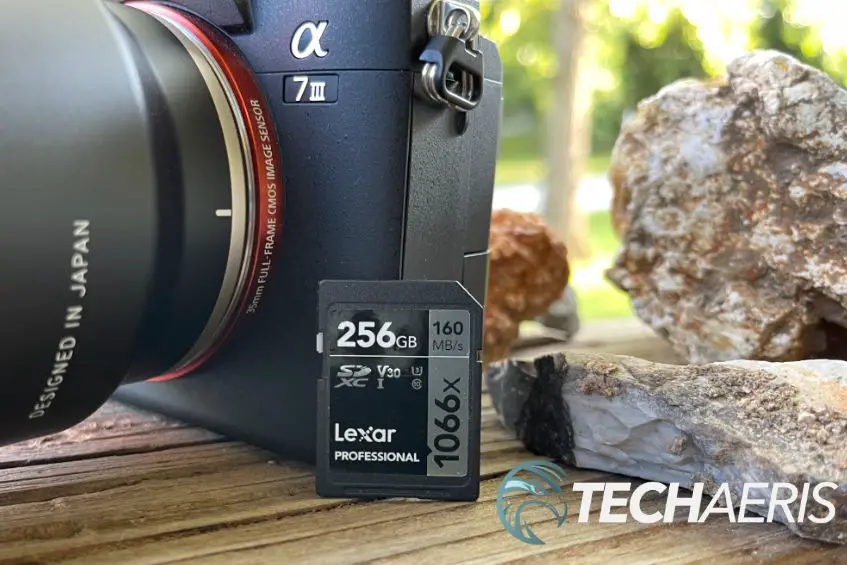
Design
Design, well, the SD card hasn’t changed much over the years and that’s probably a good thing. Imagine these things changing every other year, that would irk a lot of people, including me. The Lexar 1066x SDXC is black and has a sticker on the front showing the model and specifications.
The lock button is on the side, just like every SD card, and on the back are the brass connectors that connect to your device for the card to work.
In addition, the Lexar 1066x SDXC comes with a host of features that make it worth having in your camera bag. It’s built to take some abuse, and if you’re a working photographer, that’s good news. We listed the features above but in case you don’t want to scroll up, here they are again.
- Vibration Proof: Vibration resistant (10Hz to 2000 Hz, 6Grms, 5 minutes per 1 cycle, 10 cycles per 1 axis total 30 cycles per 3-axis, based on IEC 60512-6-4 guidelines).
- Temperature-Proof: Withstands operating temperature range from -13ºF (-25ºC) or 185ºF (85 ºC) and non-operating temperatures from -40ºF (-40ºC) or 185ºF (85 ºC).
- X-ray Proof: Protected against X-ray exposure based on ISO7816-1 guidelines.
- Shockproof: Shock resistant (200G [1961.33m/sec^2] 3ms, 150G [1471.00m/sec^2] 10ms, From X.Y.Z, 3 directions/3 times each)
Overall, nothing major to see on the exterior of this SD card; it’s a typical SD card. But there are plenty of features that make it rugged and perfect for travel.
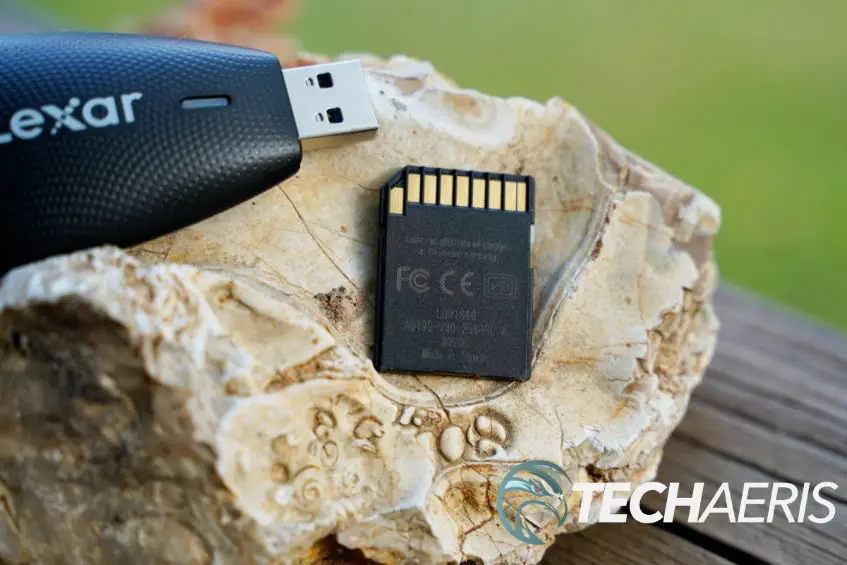
Performance
The Lexar 1066x SDXC is rated at up to 160MB/s read and up to 120MB/s write speed. Using the Lexar Multi-Card 2-in-1 USB 3.1 card reader, I ran three benchmark programs on my 2015 iMac. I used Blackmagic Disk Speed Test, ATTO Disk Benchmark, and DiskMark. Below are the results from each of these tests
| ATTO Disk Seq Read | 155 MB/s |
| ATTO DISK Seq Write | 120 MB/s |
| DiskMark Seq Read | 150 MB/s |
| DiskMark Seq Write | 115 MB/s |
| Blackmagic Disk Speed Test Seq Read | 130 MB/s |
| Blackmagic Disk Speed Test Seq Write | 106 MB/s |
I also ran these same tests using the same benchmark programs using the built-in SD card reader on my 2015 iMac, and the speeds were significantly slower. This is likely due to the hardware limitations of the SD card reader on the iMac. I’m comfortable concluding that these numbers bring us close enough to the advertised “Up To” numbers.
I have been using a SanDisk Extreme SD Card in my Sony A7iii, and it worked fine but was also limited to 256GB of storage and was slightly slower. For a quick and dirty test, I set my Sony A7iii to RAW and Continuous Shooting, and here’s what I got.
I was able to capture 40 images in about 5-seconds before the camera stopped capturing. The write operation was completed in 20-seconds. I was pretty impressed with the performance of this SD card.
Overall, performance is really going to depend on your hardware. If your camera can support the speeds of this SD card, then you should technically get the best performance out of it. If it doesn’t, then you’ll only see the performance your hardware supports.
Price/Value
SD cards are getting more affordable by the day, and the Lexar 1066x SDXC UHS-I Card SILVER Series is no exception. This card starts at US$17.99 for the 64GB version and maxes out at US$129 for the 512GB version. You can find the entire lineup on Amazon or Lexar’s website.
Wrap Up
The Lexar 1066x SDXC UHS-I Card SILVER Series is an excellent choice for an SD card for photographers and videographers. I highly recommend it.
In some of our articles and especially in our reviews, you will find Amazon or other affiliate links. Any purchases you make through these links often result in a small amount being earned for the site and/or our writers. Techaeris often covers brand press releases. Doing this does not constitute an endorsement of any product or service by Techaeris. We provide the press release information for our audience to be informed and make their own decision on a purchase or not. Only our reviews are an endorsement or lack thereof. For more information, you can read our full disclaimer.
Last Updated on July 15, 2021.

